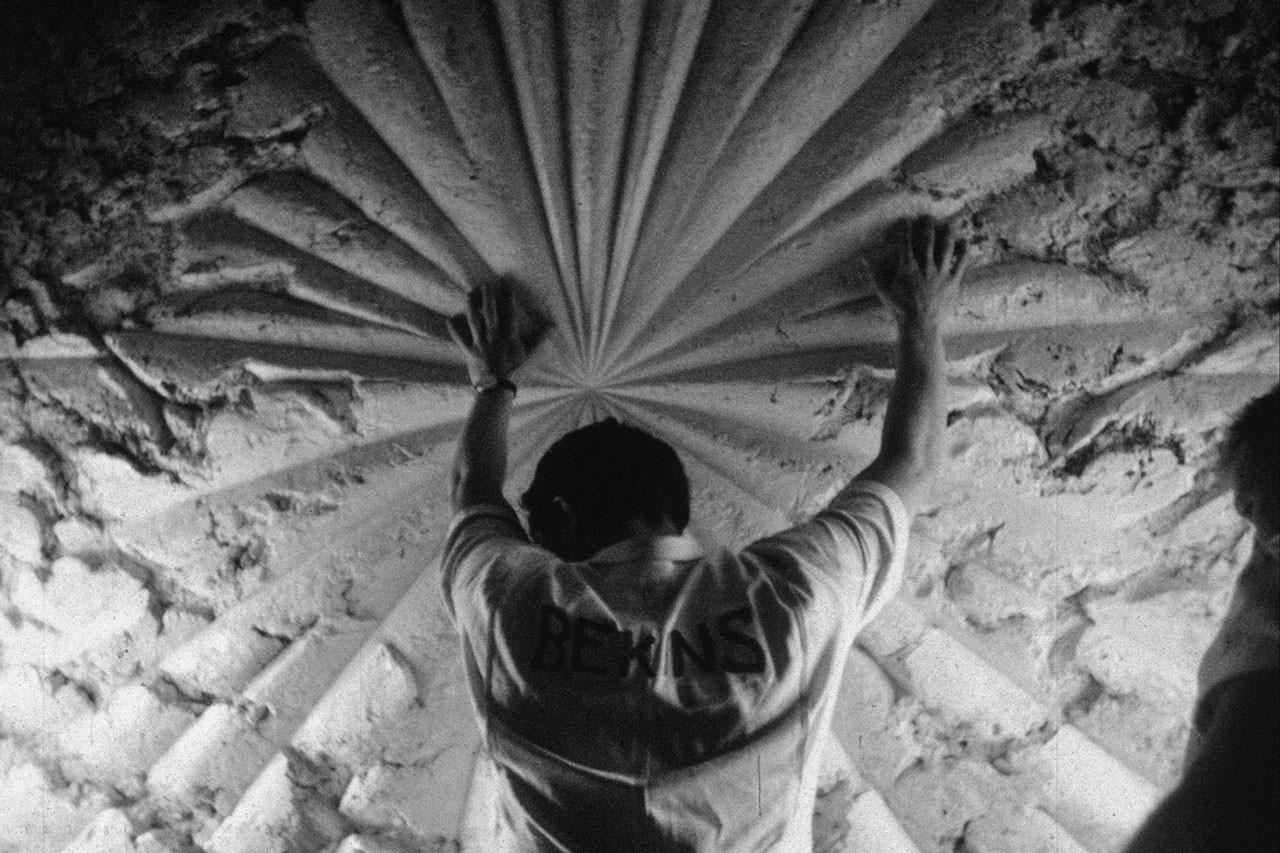An excerpt from the Kill Yr Landlords Zine:
A mesa of a painting, the Beat artist Jay DeFeo’s seminal, 2300-pound work The Rose hangs in the Whitney Museum of American Art, nearly 60 years after being forcibly removed from its studio in 1965. DeFeo’s “marriage between painting and sculpture” extended a foot off of the canvas through thick layers of chiseled, grisaille oil paint with wooden dowels as infrastructure. The resulting figure is revelatory and appropriately intimidating—the extreme end of impasto used to characterize the imprecise formation of flower petals as relating to each other and their hypnotic center.
The painting’s first displacement occurred in 1959 when the original 9 x 7 foot iteration titled Deathrose was transferred onto a larger canvas, though this was a choice made by DeFeo. Her eviction from her first-floor San Francisco apartment-cum-studio in ‘65 meant the painting’s dispossession as well, after being worked on for eight years and crucially left unfinished. This violent interruption is sublimely captured by the American artist Bruce Conner in his short film The White Rose (1967), which sees the laborious extraction of the painting set to Miles Davis’ 1960 jazz-fusion album Sketches of Spain.
The Rose is no migratory bird; it vigorously plants itself in place as an emblem of dissent and DeFeo’s embodied claim to the space. Conner, whose counterculture films are full of links between destruction and the American empire, observes the eviction as an instance of art dwarfing its environment, of avowing, even in its exile, its place of birth. His breakneck editing animates a spectacle of dispossession, where the painting’s immobility is met with abiding movement and its crags can be seen from every angle.
The removal comprised a dozen workers, a forklift, and the excision of a window, while DeFeo observed from the fire escape, at one point laying atop the wrapped canvas like a bed. She grips the decorative molding and swings her legs at the sight of her two-ton creation—one said to have driven her mad—cradled by a machine of confiscation. Other bodies are also shown in careful relation to The Rose; for instance, the smallness of the human hand on its tall verso, like taming a beast.
In seven minutes, the painting is cut out of the building like an undesirable growth, a gutting which analogizes the very act of tenancy, where one is not a person but a consumer of space to be expelled for profit. As the movers first tip the painting away from its presiding wall, revealed to be a window, light pours through and grants The Rose the impression of glowing edges, while those propping up the canvas with their arms extended appear to be engaging in an act of prayer.
CONTOURS is a column by Saffron Maeve examining films that thematize the world of visual art: heists, biopics, documentaries, and experimental fare. Maeve also programs a screening series of the same name and premise at Paradise Theatre in Toronto.
The White Rose screens this evening, October 8, at Anthology Film Archives on 35mm as part of “Kill Yr Landlords.” It will be accompanied by Curtis Choy’s The Fall of the I-Hotel and Christopher Maclaine’s The End on 16mm.
The Kill Yr Landlords zine is available for pre-order.



